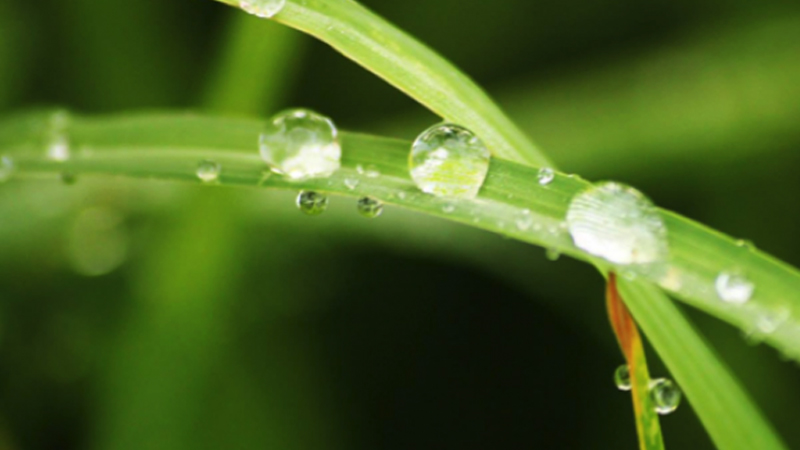This blog post was written by Andrew McBride, a participant in the 2014 class of the Certificate in Social Innovation Management. Here, he shares reflections on innovation sparked by a course on Bio-Empathy, held at the Lake Naivasha ecosystem in Kenya.

“Semper aliquid novi Africa affert” (“There’s always something new coming out of Africa”), Pliny the Elder, 2000 years ago.
“You sat under a tree for 4 hours?” Sinéad, my girlfriend, 2 weeks ago.
I had just missed a hippo surface for the second time while a monkey threw berries at me and bugs at my head.
I had uprooted myself from life in Northern Ireland to participate in a social innovation course in Kenya but why exactly did I find myself sitting under a tree before sunrise meditating by Lake Naivasha?
I was reassured slightly by the fact that Newton was sitting under a tree when he was hit on the head by that apple. I bet he wasn’t meditating though.
The first week of the Amani post graduate certificate in social innovation management had started with 3 days looking at bio-empathy and bio-mimicry; using nature as an inspiration for designing solutions, and reconnecting to nature through mindfulness techniques.
“Hmmm…”, I hear you say. Do I detect a hint of cynicism?
In fact, such approaches may actually be one way to develop the mindset that is absolutely required for social innovation. When discussing innovation for the 21st century Fernando Flores says “we must free ourselves from the more pragmatic conversations. Those are the most common and daily conversations, the ones we operate with in an established world of things, institutions and roles in order to meet our daily needs and desires.” … and Flores is clearly no dreamer. He is serious about developing the capacity on the huge level required to solve some of the biggest challenges that we face in the coming decades.
As opposed to a Cartesian process of matching resources to gaps in “the social market”, truly innovative solutions often occur in a non-linear way, brought about by people who are particularly sensitised to the world around them and able to hold on to what Fernando Flores calls ‘anomalies’ in the world around them.
By metaphorically holding on to or ‘sitting’ with these anomalies and intensely engaging with them and examining them from different angles, new options can open up, and old solutions can even take on a new relevance as our concerns and needs shift.
 This is where that tree comes in. Mindfulness and other meditative practices can help to access broader thinking patterns that can be useful in this mindset shift, demonstrating that anything around us can be a resource for our own personal resilience, and even a way of accessing design inspiration.
This is where that tree comes in. Mindfulness and other meditative practices can help to access broader thinking patterns that can be useful in this mindset shift, demonstrating that anything around us can be a resource for our own personal resilience, and even a way of accessing design inspiration.
The future happens from where we are right now…and if we accept that looking at the present with a more receptive mindset can lead to new options, maybe we have to be prepared to do things differently. The old solutions may not be sufficient in a world that requires new ways of ‘thinking’.
Maybe it’s time to place yourself somewhere different, sit with some of those frustrations and problems, and realise that these are exactly where you should be if you want to find solutions (a solution needs a problem, right?). Go find your own very real or metaphorical tree to sit under and prepare to be challenged, frustrated, elated and maybe even get a new perspective.
“To put the world in order, we must first put the nation in order. To put the nation in order, we must first put the family in order. To put the family in order, we must first cultivate our personal life and we must first set our hearts right.” Confucius, teacher, editor, politician, philosopher … and social innovator?





 This is where that tree comes in. Mindfulness and other meditative practices can help to access broader thinking patterns that can be useful in this mindset shift, demonstrating that anything around us can be a resource for our own personal resilience, and even a way of accessing design inspiration.
This is where that tree comes in. Mindfulness and other meditative practices can help to access broader thinking patterns that can be useful in this mindset shift, demonstrating that anything around us can be a resource for our own personal resilience, and even a way of accessing design inspiration. 
